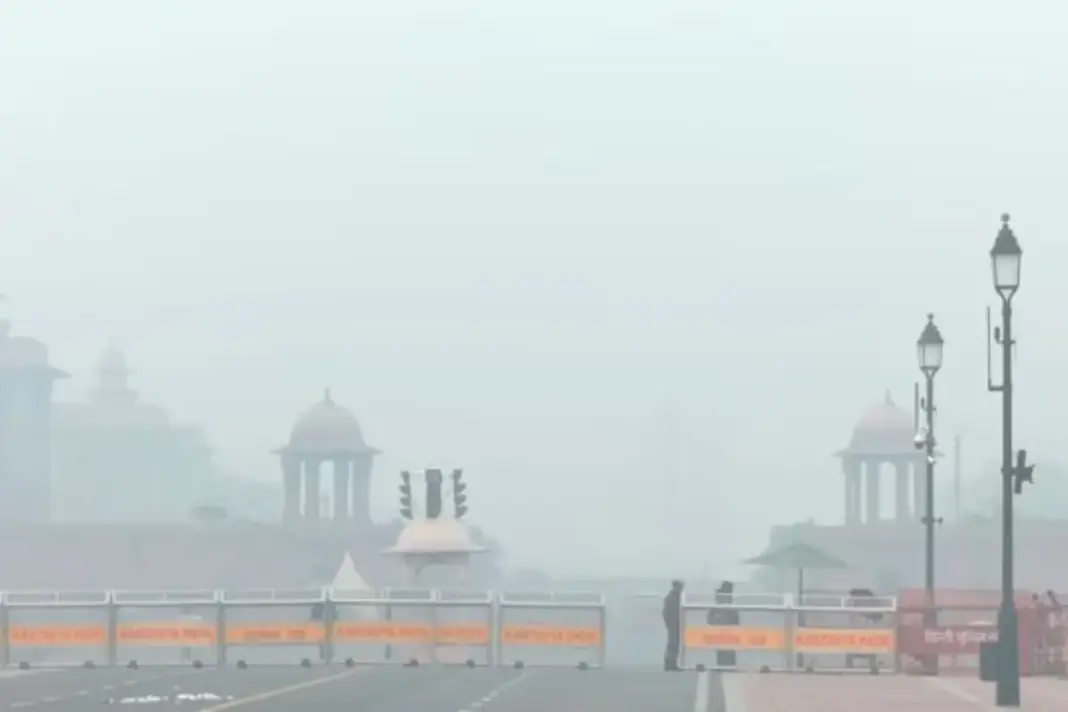Delhi Pollution: New Delhi, November 2025, The capital woke up under a grey, choking sky again. For the fifth day running, the Air Quality Index read in the “very poor” range, and officials have tightened controls under Stage IV of the Graded Response Action Plan (GRAP). Only CNG, electric, and BS-VI vehicles are being permitted into the city; heavy diesel trucks are barred unless they carry essential goods. Schools in several localities have switched to online lessons, and construction work has been paused.
How Long Will It Take for the Pollution to Recede?
Forecasts from meteorologists offer a cautious note. A change in wind direction or a light spell of rain could clear the air within a few days, nudging the AQI down from “very poor” to “poor” or even “moderate” briefly. But short weather fixes are just that, temporary. Lasting improvement will likely wait until regional burning eases and weather patterns shift more permanently, possibly by mid-November.
Scientists warn against optimism based solely on the forecast. Weather can give moments of cleaner air, yes, but without year-round controls on emissions, the same toxic cycle will return every winter.
What People Are Feeling
Residents report thicker dust on balconies, sore throats in the mornings, and a growing impatience. Social media is full of the same complaint: we’ve heard promises before. Air purifier sales and mask purchases have spiked, and ordinary routines, jogging, walking children to school, and sitting by a café, have been put on hold.
A Small Window of Hope, And a Bigger Question
There is a sliver of good news. If winds pick up and regional fires slow, Delhi might see noticeably clearer skies in the coming week. That would bring immediate relief to the lungs and temper nerves.
But the larger question persists: will authorities turn short-term measures into structural change? Will dust control on construction sites, stricter vehicle norms, and coordinated action with neighboring states become the norm rather than the emergency response? Delhi needs policies that last beyond headlines and election cycles. Otherwise, each winter will bring the same crisis wrapped in slightly different rhetoric.


